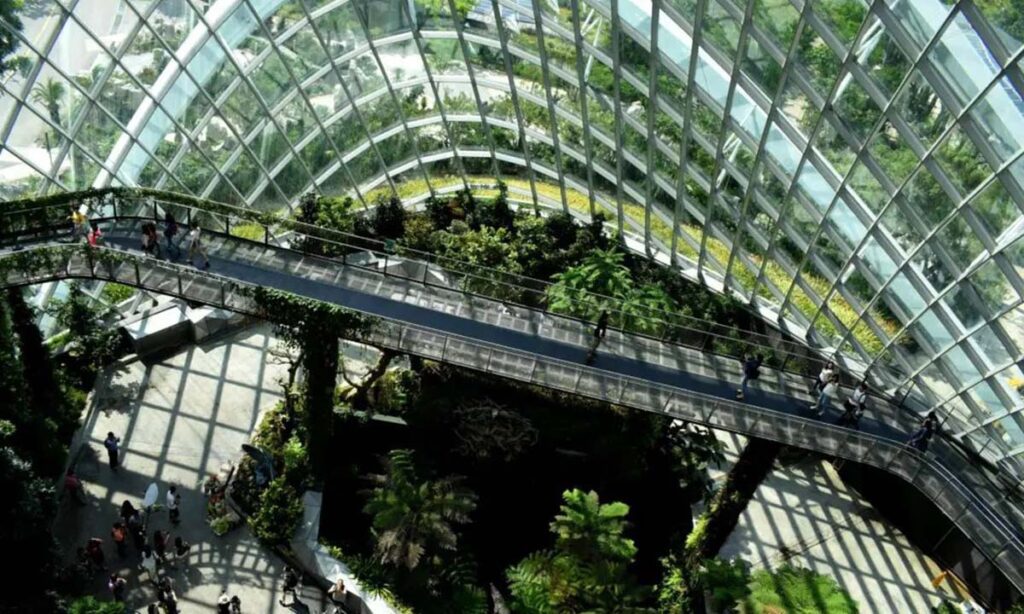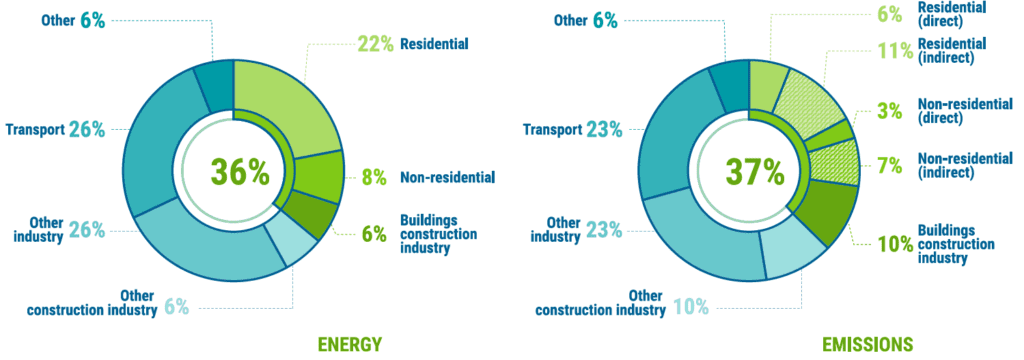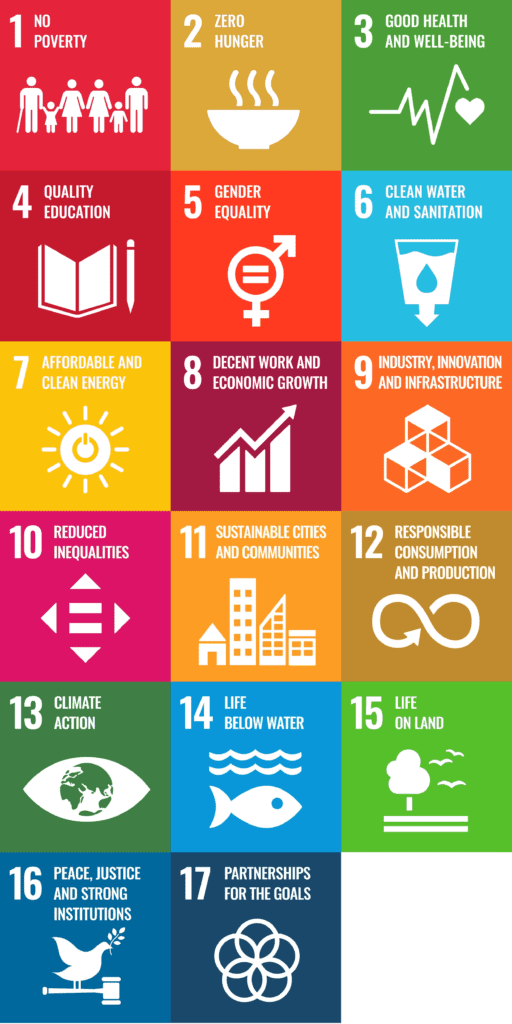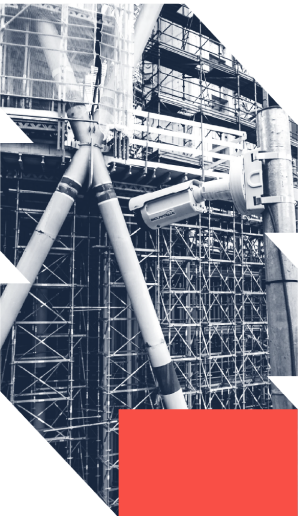Sustainability in AEC

We all know some specific problems affect modern human society, and if we don’t handle them, inevitable consequences will arise. But, have we agreed on what to do and when? Are there shared goals to control the situation before it’s too late?
Short answer: Yes, there are! and the AEC industry has much to do about it. According to the Global Alliance for Buildings and Construction, construction and operations accounted for 36% of global final energy use and 37% of energy-related CO2 emissions in 2020.
 Source: globalabc.org. 2021 Global Status Report for building and construction.
Source: globalabc.org. 2021 Global Status Report for building and construction.
Since the scope of these issues is broad, the AEC industry is no exception. Nowadays, sustainability is part of the agenda of any contemporary company, regardless of the sector to which it belongs. This is where the Sustainable Development Goals (SDGs) of the United Nations (UN) come to our aid.

The 17 SDGs were established during the 2030 Agenda for Sustainable Development and adopted by UN’s member states in 2015 with the clear objective of bringing peace and prosperity to the people and the planet. According to the UN, these goals are:
Implementing these goals into our organization requires different tasks and teams. Still, the first step is to assess which of them is being affected by our company’s activities and group and align our sustainability actions to these goals.
According to a paper published in MDPI Sustainability Journal, the construction industry has a critical role in achieving almost all the 17 SDGs. However, the impact is much higher in 10 of them.
What is sustainability?
Sustainability is the practice of meeting our current needs without compromising the ability of future generations to meet their own. It encompasses a broad approach that balances environmental, social, and economic considerations to foster a harmonious coexistence between humans and the natural world. Central to sustainability is the responsible management of resources, ensuring that environmental health, human wellbeing, and economic prosperity can be maintained and improved over time. This concept often involves adopting practices that reduce waste, promote renewable resources, and support ecosystems, all aimed at preserving the planet for future inhabitants.
Let’s take an example!
We can understand the important role of the construction industry by looking at the first SDG on this list (SDG 11): based on the SDG Compass (SDGC), by 2050, 70% of the world’s population will live in cities. And since cities are planned and built by the AEC industry, we can imagine its impact. SDGC also lists the key business themes addressed by this SDG. Here you’ll find that list along with some examples:
Access to affordable housing. Check the Building Configurator developed by TestFit Inc. that reduces production costs through optimization software with real-time insights to design. Also, Spacemaker is a cloud-based AI software to analyze and design real estate sites.
Infrastructure investments: According to UN Environment Programme, as of 2015, 75% of the global urban infrastructure that will exist in 2050 has yet to be built.
Sustainable transportation. Check Ferrovial CIUDAD 2020 project, which aims to develop a new model for a sustainable and efficient city focusing on three basic pillars: energy, transport, and environmental monitoring.
Access to public spaces. Take a look at the paper Green Space Planning and Landscape Sustainable Design in Smart Cities considering Public Green Space Demands of Different Formats.
Sustainable buildings. Check The Kendeda Building for Innovative Sustainable Design.
What about you? Do you think the goals are achievable? Is there a better sustainability framework?
If you want to learn more, you can check the references below or pay attention to the e-verse blog for more updates.
This is the first article of the SDGs series.
References
- The 17 GOALS | Sustainable Development.
- Transforming our world: the 2030 Agenda for Sustainable Development.
- 2021 Global status report for building and construction.
- Shadow price of carbon in economic analysis.
- The Critical Role of the Construction Industry in Achieving the Sustainable Development Goals (SDGs): Delivering Projects for the Common Good.
- SDG Compass: Make cities and human settlements inclusive, safe, resilient, and sustainable.
- Issue brief SDG 11, United Nations Environment Programme.
Rodrigo Karim Gomez Isa
Passionate about Data Science, I found my vocation on it because of its power to analyze reality and how everything is connected. Always trying to understand how the world works, I started my professional life as an Electronic Engineer but then added other disciplines like Business Administration and Finance and now in the process of including Psychology in the mix.

